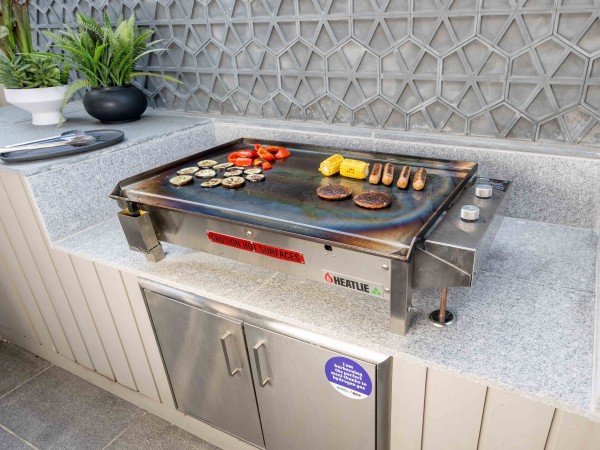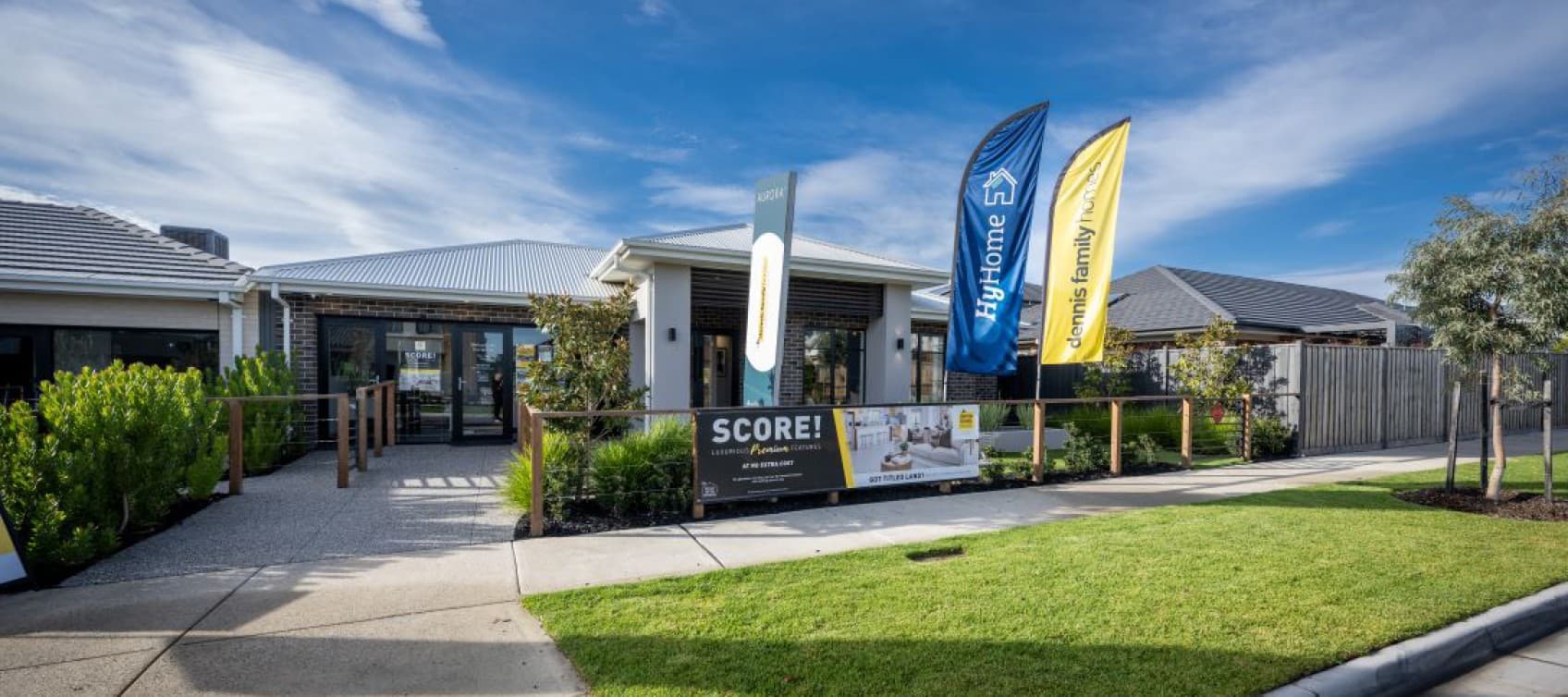Could your home run on green hydrogen in the future? The HyHome in Australia is demonstrating exactly how well hydrogen could work as the energy source for home heating, cooking, and hot water.
Located north of Melbourne, the HyHome was created by the Australian Gas Infrastructure Group (AGIG) and provides “a window into future low-carbon energy solutions for Australia.” It looks and operates like any ordinary Aussie home, except that all its natural gas appliances now run on green hydrogen. Green hydrogen is made using just water and renewable electricity, with no carbon emissions so it provides clean, high heat energy for a wide range of applications – including our homes, businesses and large industry.

Image sourced from Australian Gas Infrastructure Group
“Proof of concept” for a 100% hydrogen network
Hydrogen in the home gives consumers the choice to keep using gas, while reducing their emissions at the same time. They get to enjoy the convenience and reliability of gas with its instantaneous heat, while progressively moving toward a low carbon emission supply.
“Hydrogen has the potential to revolutionise the way we power our economy,” writes Hugh Davies at Monash University in a Cosmos article about HyHome. He adds that the project “serves as an accurate proof of concept for how future homes could run on a 100 percent hydrogen gas network.”
Hydrogen compatible appliances are already available
Australia has over five million homes that rely on natural gas for hot water, heating and cooking – connecting over 12 million appliances. If the national grid could be transitioned to renewable gas such as green hydrogen, the emissions reduction would be significant.
The gas industry in Australia is aiming to reach net zero emissions by 2050. In its planned transition, gas blending is the first step. Up to 20% hydrogen can be blended into the gas pipeline using existing appliances. Only once a gas network converts to 100% green hydrogen would compatible appliances be required. This means Australian households have many years ahead to gradually make the switch, and the good news is that hydrogen-ready appliances are already available, although not yet in everyday retail stores.
AGIG recently announced that its wider HyPark network is now receiving a 10% blend of green hydrogen, up from 5%. This is another move toward a renewable gas network.
AGIG worked closely with major appliance brands to ensure the HyHome could be fitted out with ground-breaking hydrogen compatible devices. This included a Rinnai hot water and heating system, after Rinnai produced the world’s first hydrogen water heater in 2022. The HyHome also features an Electrolux concept hydrogen cooktop known as the UltimateTaste 900, which cooks food faster and using less energy than comparable gas cooktops. Other manufacturers, such as Bosch and Valliant, have committed to producing hydrogen-ready appliances at the same price as natural gas appliances to help make the transition affordable.

Image sourced from Australian Gas Infrastructure Group
What’s happening to bring hydrogen into homes in New Zealand?
How close is Aotearoa New Zealand to having homes that run on renewable gas instead of natural gas?
The Clarus team has been investigating how green hydrogen could be used in our existing pipeline network. Our next step is to plan for New Zealand’s first hydrogen blend pilot and blend a small amount of green hydrogen with natural gas in our existing Firstgas network. To learn about how Clarus is supporting the transition to a net zero carbon emission New Zealand by 2050, visit Future of Energy.





